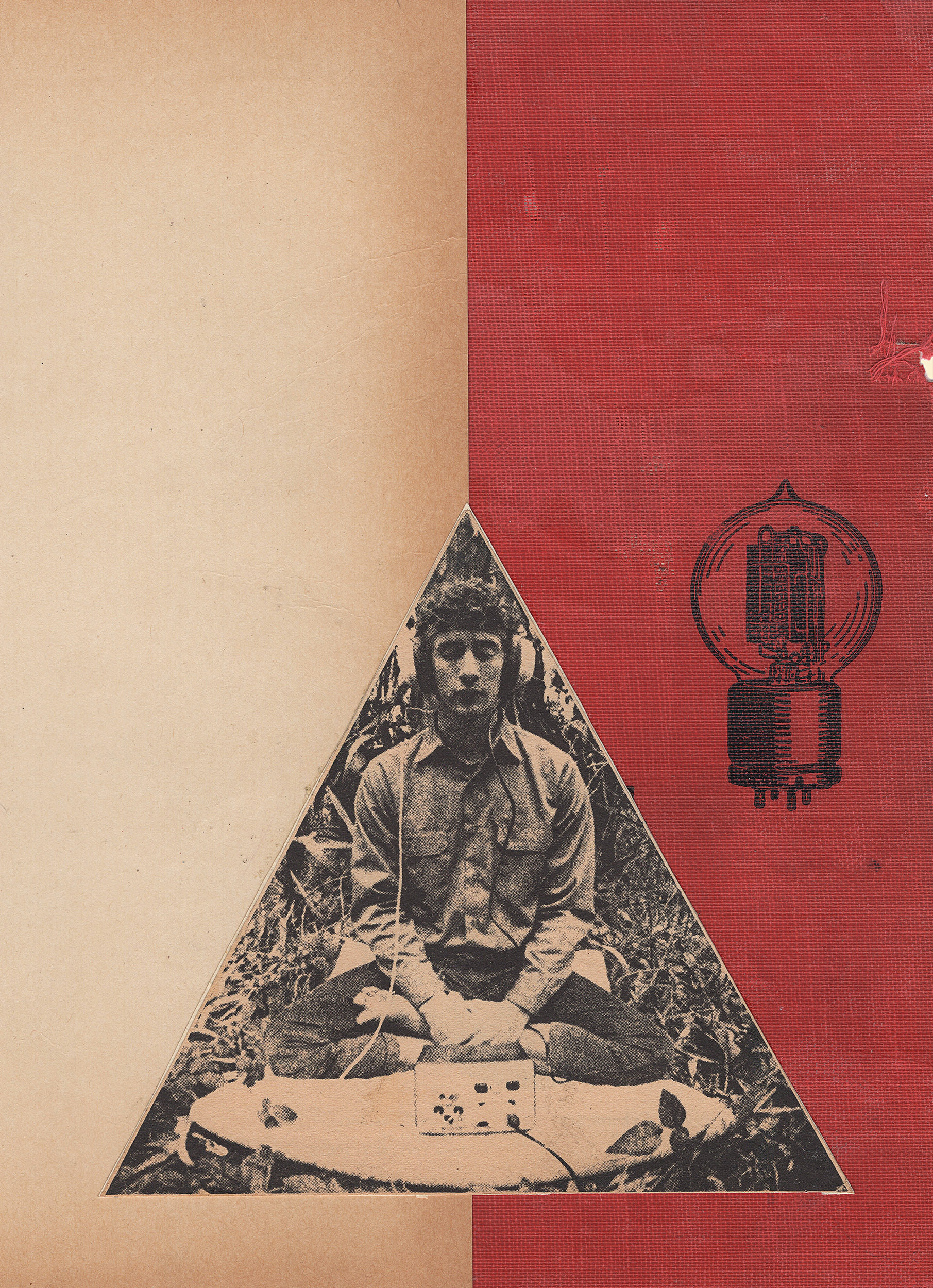With varying COVID-19 restrictions still in place across the world, home recording and podcasting products are in demand. Broadcast-quality dynamic microphones are many times at the center of these solutions. When I saw the new PreSonus PD-70, I couldn’t help but notice it looks a lot like another very popular end-address, broadcast dynamic cardioid mic. But would I really compare the PD-70 to a mic that costs three times more? I guess that’s why you’re still reading this, right?
Upon opening the box, the first thing that struck me is the weight – the PD-70 feels solid. I also immediately noticed that the XLR jack is at the rear of the mic body and not wired externally to the mount like the Shure SM7B [Tape Op #36]; more on that later. The sturdy, integrated hard-mount bracket is adjustable with one knob and stays put once set. A large foam removable “close-talk” windscreen comes installed, so no additional pop filter is required. The PD-70’s internal alloy shield looks very similar to the SM7B’s.
Comparing the specs, the PD-70 claims a frequency response of 20 Hz to 20 kHz, while the SM7B states 50 Hz to 20 kHz. The PD-70 is mostly flat from about 80 Hz to 1 kHz, then starts a gradual rise that peaks around 10 kHz before it rolls off. According to manufacturer-published specs, the SM7B has a small dip from 300 to 700 Hz, with a slight peak around 5 kHz. With the Midrange Emphasis switch engaged on the SM7B, the two mics look fairly similar above 1 kHz with regards to frequency response.
In use, I found the SM7B had a greater proximity effect when up close. Engaging the bass roll-off switch on the SM7B can remove any minor plosives, but left it sounding a bit thinner when compared to the PD-70 (which has no switches). The PD-70 had less noticeable plosives due to the lower proximity effect and the presence boost (when compared to the Shure) never sounded harsh or sibilant. Engaging the Midrange Emphasis switch on the SM7B gave it a little more “air” but for that deeper voice-over feel, I still preferred the SM7B up close, with no switches engaged. At a foot away with voice, the two mics began to sound more alike. While both mics have a much lower output than a Shure SM58, the PD-70 output was slightly stronger than the SM7B.
While holding the PD-70 in my hand, the handling noise transmitted through the XLR cable and body was apparent, while the SM7B had virtually none. Thinking back to that externally wired mount on the SM7B, it was likely a strategic part of the design. I would recommend that the PD-70 be firmly mounted and not moved or adjusted while in use in order to get the best results.
On guitar cabinet, the presence peak of the PD-70 was noticeable. Even though I had the mic right up on the grill, there was less low-end response than other dynamic mics. Removing the windscreen allowed the mic to get in a bit closer for a bit more proximity effect. I typically high-pass filter most guitar tracks anyway, so maybe this will work in my favor, especially if paired with a darker mic, like a ribbon. The presence boost also inspired me to try it on an acoustic guitar, and while it approaches a condenser mic vibe, there was very little boominess that can occur with most condensers on acoustic guitars. I tried the mic in several positions, (even a few inches from the soundhole) – this could easily work for the right mix.
Next, I A/B’d the PD-70 with my favorite snare mic, the Telefunken M80 [#102], and was very surprised at how it compared. The PD-70 once again had a slight presence peak that I’d probably EQ in at mix time anyway. I removed the foam windscreen so I could get the diaphragm closer to the head and it sounded decent. The PD-70 also surprised me with its off-axis rejection of the hi-hat and other elements of the kit. When used on the bottom of the snare, it picked up the “ssshhh” of the chain nicely. The Presonus PD-70 is more than a one-trick pony. The surprise benefits are that it works nicely for snare drums, acoustic, and electric guitars, as well as voice, which makes it even more of a bargain at this price! ($129 street; presonus.com)




_disp_horizontal_bw.jpg)